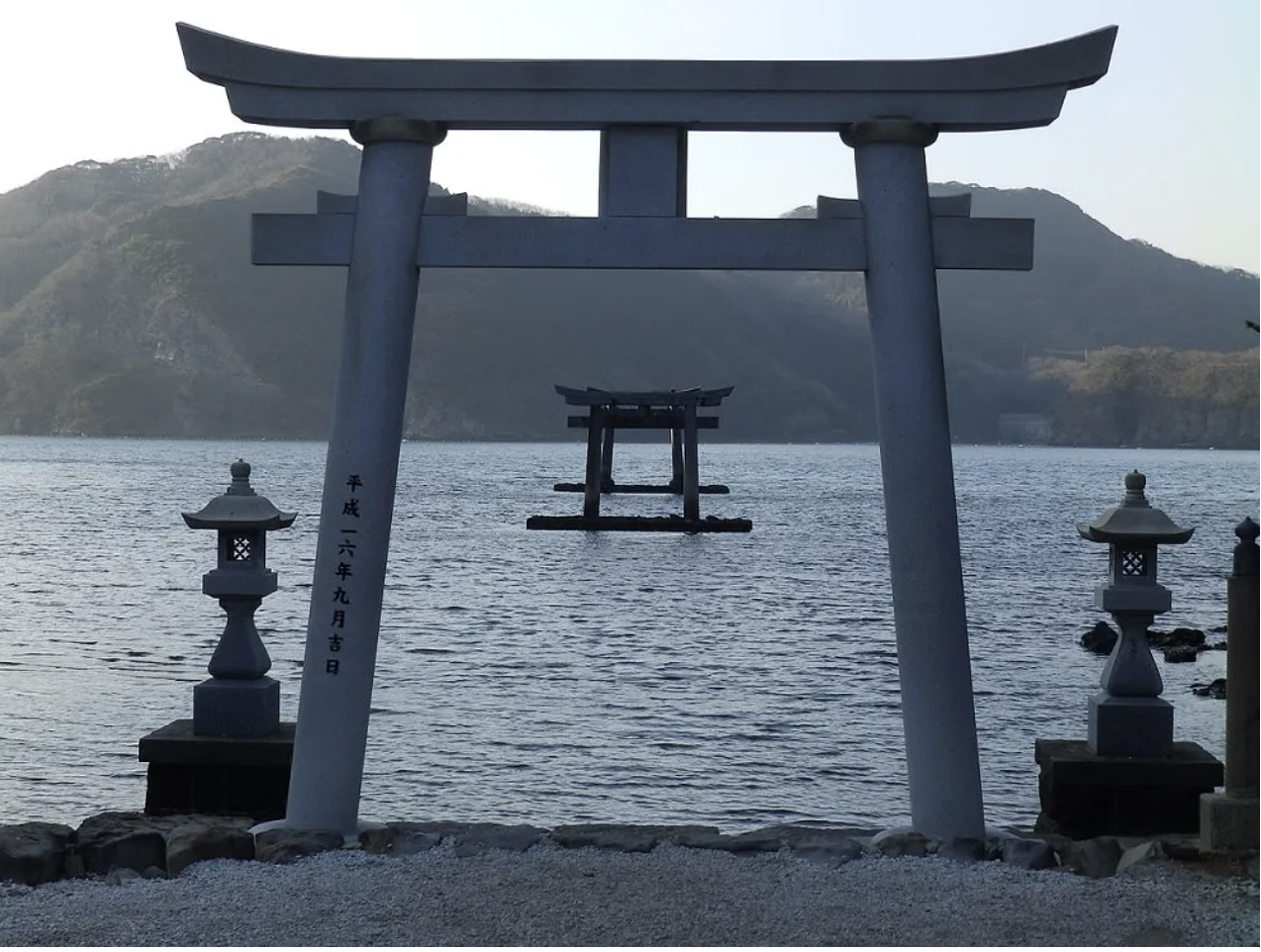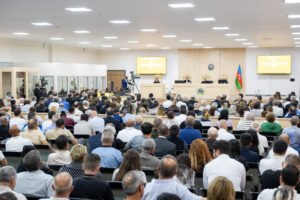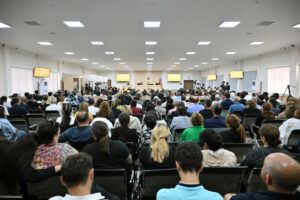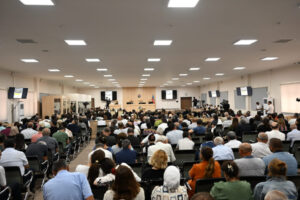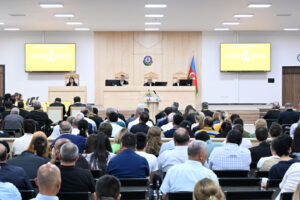Tokyo, 27 March, /AJMEDIA/
In the fall of 2020, the town of Tsushima’s Watazumi Shrine was damaged by a typhoon that struck the area, destroying one of its torii gates that rises out of the bay waters adjacent to the shrine. In the years since, though, the Nagasaki Prefecture Shinto shrine which served as a model for one of the locations in the “Ghost of Tsushima” video game has been dealing with unwanted visitors of a human rather than meteorological nature, and the situation has gotten to the point that Watazumi Shrine has now banned all “tourists” from visiting.
The decision comes after years of frustrations on the part of the shrine in dealing with disrespectful foreign tourists smoking, littering, and spitting inside the shrine grounds. At least one tourist was found riding a mountain bike through a restricted area, and the shrine also claims that tourists have stolen omamori, the good luck amulet charms that are sold by the shrine.
In January of 2020, the shrine voiced its intent to ban all “foreigners” from entering the shrine grounds, but later backed away from the policy. In June of 2024, after a Korean traveler became confrontational after a shrine worker admonished him for throwing his cigarette butt on the ground and spitting inside the shrine grounds, Watazumi announced that it would be barring “Korean people” from entering the site. Now, though, the shrine has decided to extend the ban to “anyone who is not a parishioner or worshipper.”
Watazumi Shrine announced the policy through a March 23 posting on its official Instagram page, opening with:
Important announcement
“As of today, Sunday, March 23, entry to the shrine grounds is forbidden to anyone who is not a parishioner or worshipper. In addition, all photography, video filming and live-streaming of the shrine’s ocean torii gates, buildings, and structures is prohibited.”
Perhaps because the shrine’s previous attempts to ban foreign visitors met with negative reactions, the announcement makes specific mention that the no-tourists-allowed policy applies to Japanese travelers as well.
“In addition, all entry of domestic and foreign bus tours for sightseeing purposes will be rejected.”
However, the rest of the announcement makes it very clear that the shrine’s continuing difficulties with foreign tourists are the catalyst for the decision.
“On Saturday, March 22, at roughly 4 p.m., an immense and unforgivable act of disrespect by a foreign person took place at our shrine.
We have repeatedly discussed such matters with Tsushima city hall, the tourism agency, and the Nagasaki Prefectural Police, but have not been able to arrive at a solution. In addition to the mental anguish caused to our staff from the sacred grounds being violated, they have suffered repeated acts of verbal abuse and physical violence, culminating in an administrative crisis for the shrine.”
The statement, signed by chief priest Shizuyoshi Hirayama and priest Yuchi Hirayama, concludes with:
“The behavior of inbound tourists destroying things and people that Japanese people treasure is nothing less than the destruction of Japanese culture.
We would like to express here our regret at the situation, and are taking action to protect the shrine and human beings’ mental wellbeing.”
However, a ban on tourists would be difficult, if not impossible, for Watazumi Shrine to enforce, at least in its current configuration. While Japan’s largest and most famous shrines have admission gates (i.e. gates where a staff member sells tickets or otherwise regulates entry), the majority, including Watazumi, don’t. A large gate may be placed across the entire entry pathway at night, but at least while the shrine is open to visitors, there’s no one checking visitors on an individual basis and asking what the purpose of their visit is.

